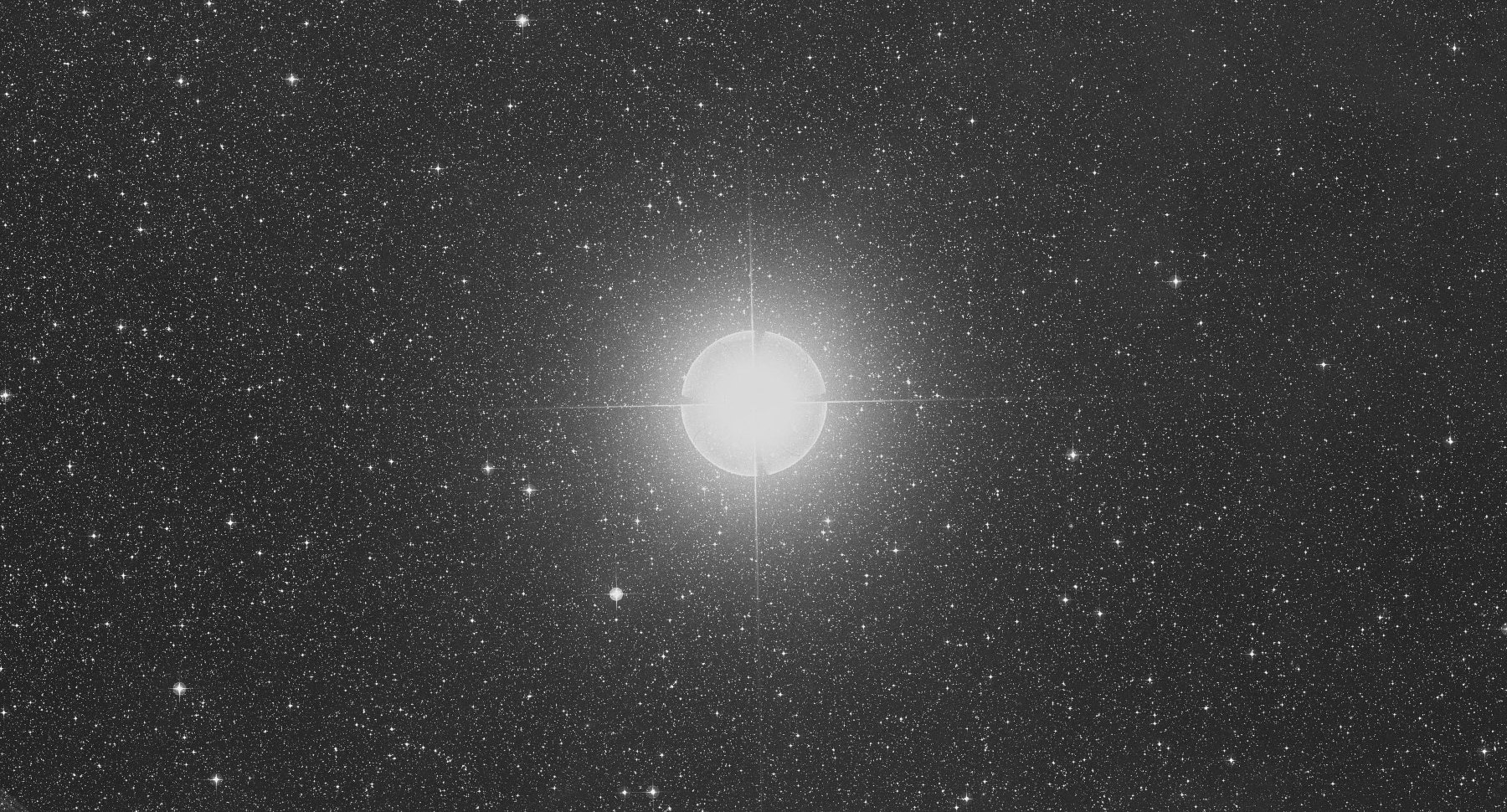Create a free profile to get unlimited access to exclusive videos, sweepstakes, and more!
86 stars get new names

Here's a question that never occurred to me until now: What's the brightest star in the sky that doesn't have a proper name?
The brightest stars tend to have lots of names. Or designations, to be fair: catalog names and numbers. So the brightest star in the night sky is called Alpha Canis Majoris (α CMa) or HD 48915 or HR 2491 or BD -16 1591 or LHS 219 (and many, many more). But you probably know it by its proper name: Sirius.
The brightest stars have had names for centuries or more. But the fainter ones don't; there are too many, and there's no hard and fast line between stars bright enough to merit proper names and ones that don't. The International Astronomical Union (IAU) is tasked with being the official keepers of names of all things cosmic, and they are the ones who determine which stars are named what. This is a good idea; it helps astronomers (and the public too) to have an official list of names so that there's less confusion about designation, spelling, and so on.
This week, the IAU announced 86 stars that now have new names, and these names recognize cultures from around the world, including Mayan, Polynesian, and Australian Aboriginal. I like this; in general star names are Arabic or Greek (or, confusingly, translated to Arabic and/or Latin from the original Greek; star names can have pretty complicated histories), and it's nice to see the nomenclature love get a little more global.
So now, for example, the brightish star Theta-2 Tauri will now be known as Chamukuy, the Maya name for a small bird. Mu-1 and Mu-2 Scorpii (two stars that are about the same apparent brightness and happen to lie very close together in the sky) are now given the South African names Xamidimura (eyes of the lion) and Pipirima (a pair of mythological twins).
Some get more prosaic names. For example, the southern sky doesn't have a pole star as we do up here in the north. Polaris is the official name for Alpha Ursa Majoris. But there is a faintish star near the southern pole, Sigma Octantis, and that has now been given the name Polaris Australis (southern pole star). Nifty.
The new names clear up some confusion, too. For example, the stars Gamma Corvi and Epsilon Cygni both had the name Gienah (which means wing, appropriately the constellations of the crow and swan, respectively). Now, officially, this is the name for just Gamma Corvi, and Epsilon Cygni is now called Aljanah (which also means wing).
These new names bring the official stellar nomenclature catalog to a total of 313 approved star names. More will no doubt be added, some due to the simple fact that we can name fainter stars so why not, and also as traditional nicknames (like Barnard's Star, which is now on this list) become official.
Which brings me back to my original question: What's the brightest star that doesn't have a name? Well, up until this week is was Delta Velorum, the second-brightest star in the constellation Vela*. That now has the official proper name of Alsephina, which is quite lovely. And appropriate. Up until the 18th century, there was a huge constellation called Argo Navis (the ship Argo). It was then split into three separate constellations: Vela (the sails), Carina (the keel), and Puppis (the stern). Before this split, when the name Argo Navis was translated into Arabic it became Al-Sefina (literally, the ship). Confusingly, the star Delta Velorum was also called by this name. Now that the constellation has been remapped and we're giving out names anyway, it's nice to see the star gets to keep it.
Of course, this asks the question: What is now the brightest star that doesn't have a name?
Interestingly, it's in the same constellation as Alsephina: Gamma Velorum. Its unofficial name is al Suhail al Muḥlīf (the oath-taker of the plain) and even more unofficially Regor (see why for a smile). At a magnitude of 1.8 it’s about the 30th brightest star in the sky, so it's odd it doesn't have a name approved by the IAU, but it turns out the name is duplicative; there are lots of other stars with either Suhail or al Muḥlīf in their names, so making this official is something of a headache for the IAU.
After Gamma Velorum on the list, the fainter Gamma Centauri still doesn't have a name, either. A handful of other stars brighter than magnitude 2.5 are still unnamed as well.
I think we'll be seeing names for many them coming up soon. After that, who knows? We're still discovering asteroids at a phenomenal rate, and someday we'll have to come up with names for the exoplanets discovered, too. But one thing we've learned in astronomy over the centuries: There are way more objects out there than we have names for. I expect in a few more centuries, the Galactic Astronomical Union will have a much thornier problem on their hands.
My thanks to Eric Mamajek, chair and organizer of the IAU Division C Working Group on Star Names, for a helpful and fun conversation about all this.
* The brightest stars in a constellation are usually named by Greek letter alphabetically according to their brightness (followed by the genitive name of the constellation). So the brightest is Alpha, the second Beta, the third Gamma, and so on. However, this was done long ago, and sometimes the stars were very close in brightness and named incorrectly. Sometimes stars change their brightness (technically these are called variable stars), and that can change the order of the naming. Hence Delta Velorum not being the fourth-brightest star in Vela, but the second.














